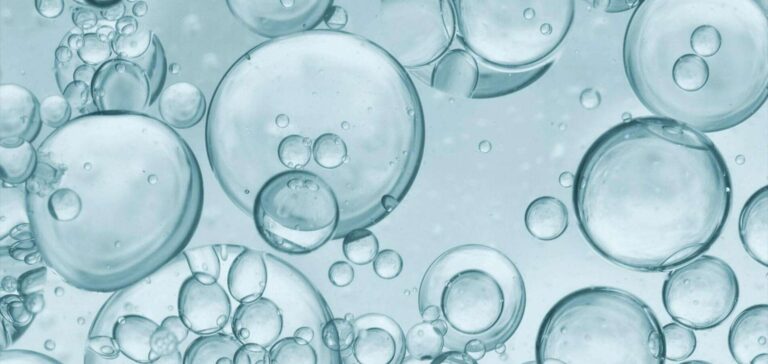Atome intends to use the surplus renewable energy capacity of both countries to carry out its project.
Atome plans to produce 250 MW of hydrogen in Paraguay
In Paraguay, Atome has just signed a memorandum of understanding with the Itaipu Technology Park for its project located around 1 km from the dam.
Surplus hydropower from the Itaipu hydroelectric dam will enable Atome to produce, in the first phase, 50 MW of hydrogen by 2024.
Ultimately, the company is aiming to produce 250 MW.
“Paraguay, a landlocked country, uses less than 30% of the amount allocated to it by one of the world’s largest hydroelectric dams, but is a major importer of energy and fertilizers,” says Atome’s CEO.
100 MW in Iceland
In Iceland, Atome subsidiary Green Fuel is targeting 30 MW of geothermal hydrogen production between late 2023 and early 2024.
Ultimately, the company aims to develop a 100 MW capacity.
Competitiveness first and foremost
Construction of both projects is scheduled to begin by the end of 2021.
Atome is currently aligning offtake agreements and financing for 2022.
In addition, the company is also planning an IPO on the London Stock Exchange in December 2021.
“The idea of the IPO is to take these projects from the MoU stage to IDF, then to production, smoothly, with an infrastructure in place capable of absorbing growth,” says the company’s CEO.
In the current market context, green ammonia produced from hydrogen will be profitable without subsidies.
The company claims to be able to produce green hydrogen at less than $5/kg.
Transforming the local economy
In Paraguay, Atome’s green ammonia could help reduce the country’s fertilizer imports.
These amount to over $400 million a year.
In addition, 15% of the country’s barge fleet could also switch to ammonia fuels.
In addition, Paraguay’s green hydrogen roadmap foresees a potential need for 600 MW of production capacity by 2030, for 90,000 tonnes per year.
The aim is to replace fossil fuels in the transport sector.
In Iceland, Atome is interested in the agricultural sector, the fishing fleet and export potential.
It has signed memorandums of understanding with ports in Germany and the Netherlands for the supply of hydrogen and ammonia.
It has also received interest from international trading companies.
Solid oxide cells
The company plans to develop its projects in phases.
Initially, the electrolyzers will use alkaline technology.
In a second phase, they will use solid oxide cells (SOEC).
The latter technology could increase electrolyzer efficiency by 30%.
Atome’s CEO predicts that all these measures will eventually bring down the production costs of green hydrogen to between $1 and $2/kg.
To achieve this, however, electrolysis technologies will have to reduce their costs considerably over the next five years.






















